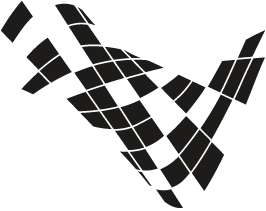I was born and raised in Hungary. I finished high school in 2008 and began my studies in mechanical engineering at the Budapest University of Technology and Economics (BUTE). Before obtaining my master’s degree, I spent a year in the United States as an intern at a company called Spectra Quest. My work was primarily focused on vibration analysis, machine diagnostics and condition monitoring. Having completed my internship, I returned to Hungary to finish my final project on the vibration analysis of milling processes. After receiving my master’s degree, I stayed at BUTE for half a year, continuing my work on milling stability at the Department of Applied Mechanics. I came to Sheffield in 2015 to start my PhD in grinding stability.
Research interests
- Analytical Mechanics
- Machining Dynamics
- Stability Theory
- Delayed Dynamical Systems
- Vibration Analysis
- Machine Diagnostics
- Condition Monitoring
Current research
The general focus of my research is the development of a grinding dynamics model. The motivation behind my work is the desired ability to accurately predict and effectively prevent chatter vibrations in grinding. Chatter results in poor surface finish, which can be especially harmful in grinding, since it is often a finishing operation. The complexity of grinding (compared to conventional machining processes – such as turning, milling or drilling) comes from two main sources: the geometry of the tool is not well-defined due to the random distribution of abrasive particles in the grinding wheel, and the wear of the tool cannot be neglected.
The specific focus of my research is concerned with the analytical investigation of the contact zone in grinding and its effect on process stability. Although grinding is often a finishing operation working with such small depths of cut that the size of the contact zone is negligible, there are other grinding processes (such as creep-feed grinding) which join roughing and finishing together, resulting in such large depths of cut that the size of the contact zone cannot be neglected anymore. Such grinding operations constitute the specific focus of my research.
I am currently developing an analytical model of external cylindrical plunge grinding, starting simple (e.g. no wheel wear) and making the model more and more realistic by considering a number of different complexities one at a time.In the following years, I am planning to finish my analytical investigation of the contact zone in grinding by validating my theory with tests and experiments.

